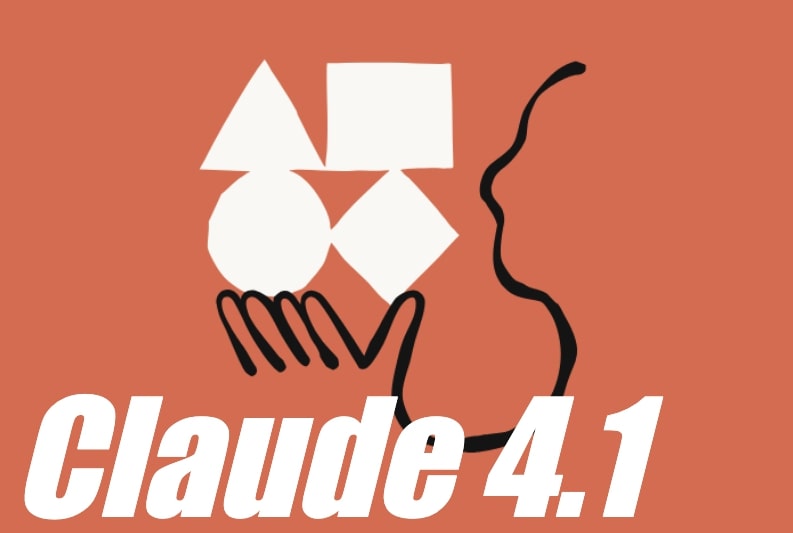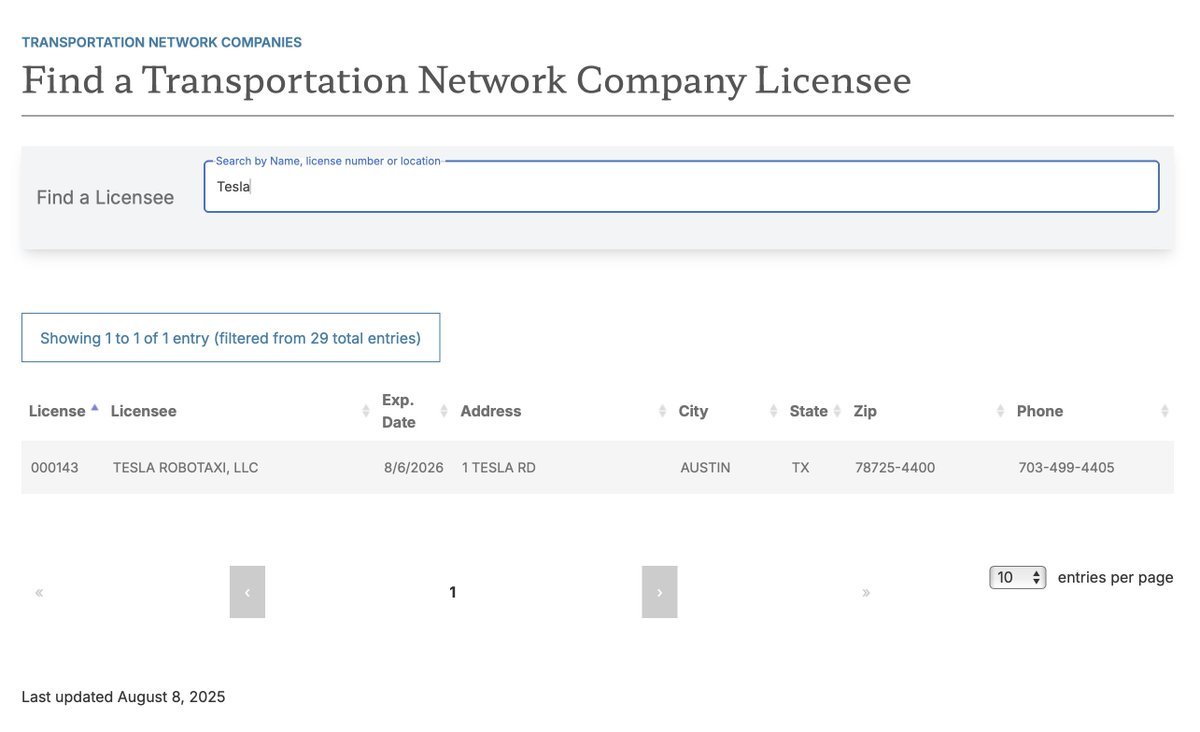Now Reading: Anthropic Releases Coding Guide for Claude AI
-
01
Anthropic Releases Coding Guide for Claude AI
Anthropic Releases Coding Guide for Claude AI

Rapid summary:
- Anthropic released detailed best practices for optimizing workflows with Claude, an AI system.
- Key recommendations include:
– Tailoring Environment: Utilize CLAUDE.md files for project-specific instructions, adjust permissions, adn integrate GitHub CLI.
– Expanding toolbox: Use bash tools, custom slash commands, and MCP (Model Context Protocol) to enhance functionality.
– Following Workflows: Emphasize planning before coding, test-driven development cycles (TDD), and visual iteration workflows; integrate with Git and Jupyter notebooks.
– Optimizing Workflow: Provide precise prompts,use visuals for UI tasks,incorporate references/files/URLs into workflow setup; stress course correction with early intervention tactics like cleaning context drift or using scratchpads/checklists.
– Automation via Headless mode: Automate tasks such as code reviews or batch processing using structured responses in non-interactive formats via “headless harnesses.”
– Advancing Multi-Claude & Parallel Tasks: Implement parallel worktrees/sessions to increase efficiency in bulk tasks ranging from migrations to automation pipelines.
Indian opinion Analysis:
The guidelines provided by Anthropic underscore the increasing complexity of integrating advanced AI systems like Claude into everyday software development processes. For India-home to a thriving IT industry focused on global technology solutions-embracing such workflows can amplify productivity for developers managing multifaceted projects. leveraging tools compatible with modular collaboration (e.g., multi-agent setups) coudl streamline India’s transition into sectors emphasizing efficiency at scale. Though, effective adoption will require targeted skill upgrades across organizations while addressing potential challenges like over-reliance on automation bypassing human judgment-a critical component in high-stakes industries like finance or healthcare.






















